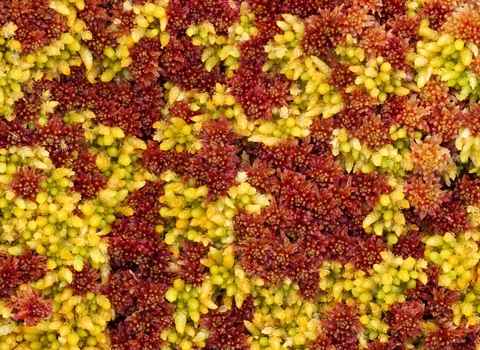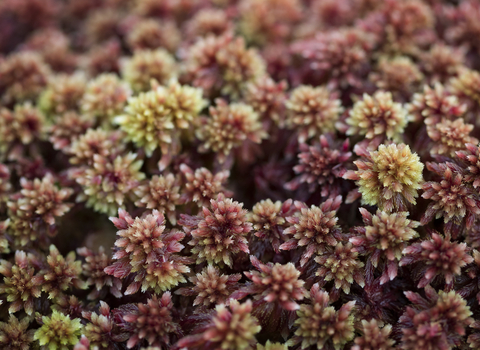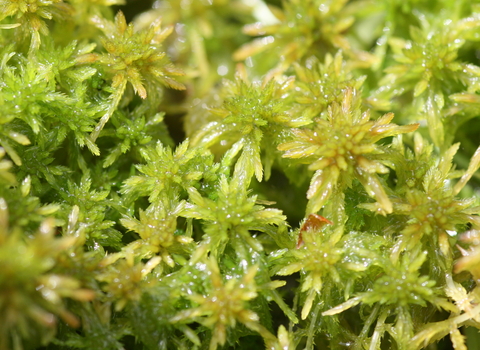
©Mark Hamblin/2020VISION

©Chris Lawrence

©Vicky Nall
Sphagnum moss
Sphagnum mosses carpet the ground with colour on our marshes, heaths and moors. They play a vital role in the creation of peat bogs: by storing water in their spongy forms, they prevent the decay of dead plant material and eventually form peat.
Scientific name
SphagnumWhen to see
January to DecemberSpecies information
Category
Statistics
Height: 5cmLocalised to certain wetlands, with some species rare. Sphagnum balticum (Baltic bog-moss) is protected in the UK under the Wildlife and Countryside Act, 1981, and is a Priority Species under the UK Post-2010 Biodiversity Framework.
About
There are numerous species of sphagnum moss that look very similar, so are usually grouped together as 'sphagnum' for easy description. These 'bog-mosses' form the amazingly multi-coloured, living carpets found in wet places like peat bogs, marshland, heath and moorland. They grow from spores that are produced in fruiting bodies called capsules. When seen up close, they are very beautiful, but they also play an important role in the creation and continuation of peat bogs. They hold water in their spongy forms long after the surrounding soil has dried out, providing essential nutrients and helping to prevent the decay of dead plant material. It is this organic matter that gets compressed over hundreds of years to form peat.How to identify
There are over 30 species of sphagnum moss in the UK, which are very difficult to tell apart. These species range in colour from red and pink, to orange and green. Sphagnum moss plants are very small, but they grow closely together, forming spongy carpets; hummocks are even created when the mosses grow to form large mounds.Distribution
Widespread.Did you know?
Sphagnum mosses can soak up more than eight times their own weight in water.The Wildlife Trusts are working to restore and protect our bogs, heaths and moors by promoting good management, clearing encroaching scrub and implementing beneficial grazing regimes.
